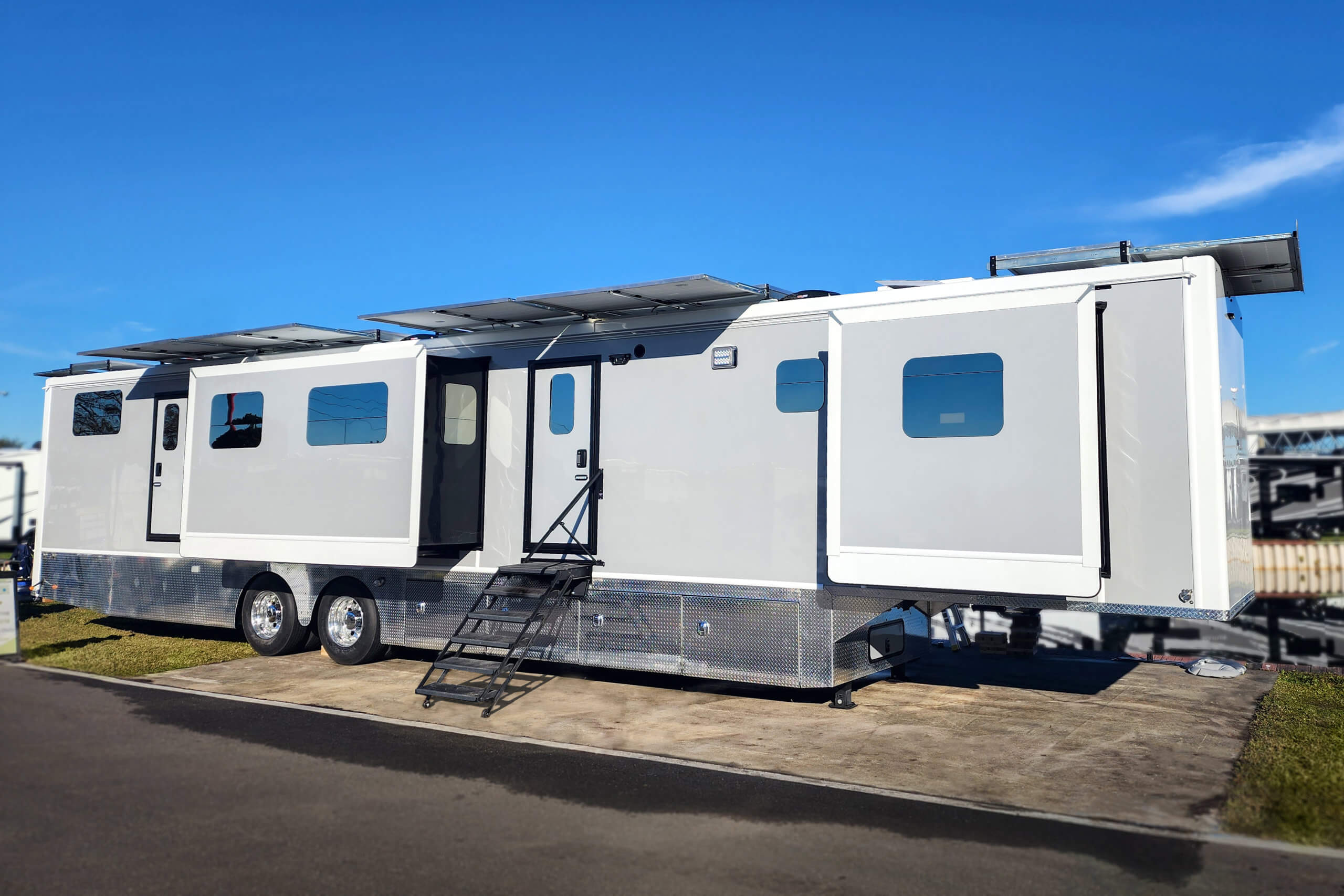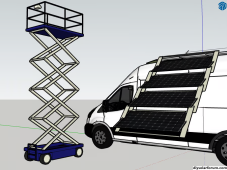wopachop
New Member
I want to add around 1000w-2000w of solar to a toyhauler. Its a Forest River and the build quality was very very very bad. Im talking roof joists were not even screwed together.
Be awesome to build a sliding mount for the solar panels so that some of them could act like mini awnings. Have you guys seen some big failures where high winds rip off panels that people have tilted on their roofs? This trailer is so poorly insulated im hoping solar panels will shade and cool the trailer. Or will they heat up and warm the trailer? Or does it come down to how much space is between the panel and the roof?
Its the type of situation where overkill means more holes in the roof membrane. So im hoping to learn what is strong and normal and what is just way overkill.
Be awesome to build a sliding mount for the solar panels so that some of them could act like mini awnings. Have you guys seen some big failures where high winds rip off panels that people have tilted on their roofs? This trailer is so poorly insulated im hoping solar panels will shade and cool the trailer. Or will they heat up and warm the trailer? Or does it come down to how much space is between the panel and the roof?
Its the type of situation where overkill means more holes in the roof membrane. So im hoping to learn what is strong and normal and what is just way overkill.





